The Beverage Packaging Market is currently characterized by a dynamic competitive landscape, driven by increasing consumer demand for sustainable packaging solutions and innovative designs. Key players such as Crown Holdings (US), Ball Corporation (US), and Amcor (AU) are strategically positioning themselves to capitalize on these trends. Crown Holdings (US) focuses on enhancing its product offerings through technological advancements in aluminum can production, while Ball Corporation (US) emphasizes sustainability by investing in recycled materials and reducing carbon emissions. Amcor (AU) is also heavily invested in sustainability initiatives, aiming to achieve 100% recyclable or reusable packaging by 2025, which reflects a broader industry shift towards environmentally friendly practices. Collectively, these strategies not only enhance their market presence but also shape a competitive environment that prioritizes innovation and sustainability.
In terms of business tactics, companies are increasingly localizing manufacturing to reduce transportation costs and enhance supply chain efficiency. This approach appears to be particularly effective in a moderately fragmented market where regional players can compete with larger corporations by offering tailored solutions. The competitive structure is influenced by the collective actions of these key players, who are not only optimizing their supply chains but also forming strategic partnerships to enhance their market reach and operational capabilities.
In August 2025, Crown Holdings (US) announced a partnership with a leading beverage manufacturer to develop a new line of eco-friendly aluminum cans. This collaboration is significant as it aligns with the growing consumer preference for sustainable packaging, potentially increasing Crown's market share in the eco-conscious segment. The partnership also underscores the importance of innovation in product development, which is crucial for maintaining competitive advantage in the beverage packaging sector.
In September 2025, Ball Corporation (US) unveiled its latest initiative to enhance its recycling capabilities by investing in advanced sorting technology. This move is likely to bolster Ball's commitment to sustainability and could position the company as a leader in the circular economy within the beverage packaging market. By improving recycling processes, Ball Corporation not only addresses environmental concerns but also meets the increasing regulatory pressures for sustainable practices.
In July 2025, Amcor (AU) launched a new range of biodegradable packaging solutions aimed at the beverage sector. This strategic action reflects Amcor's proactive approach to sustainability and innovation, catering to a market that is increasingly demanding environmentally responsible products. The introduction of biodegradable options may enhance Amcor's competitive positioning, particularly among environmentally conscious consumers and brands.
As of October 2025, the Beverage Packaging Market is witnessing a pronounced shift towards digitalization, sustainability, and the integration of artificial intelligence in production processes. Strategic alliances among key players are becoming increasingly common, facilitating knowledge sharing and resource optimization. The competitive landscape is evolving, with a noticeable transition from price-based competition to a focus on innovation, technology, and supply chain reliability. This trend suggests that companies that prioritize these aspects will likely emerge as leaders in the market, shaping the future of beverage packaging.
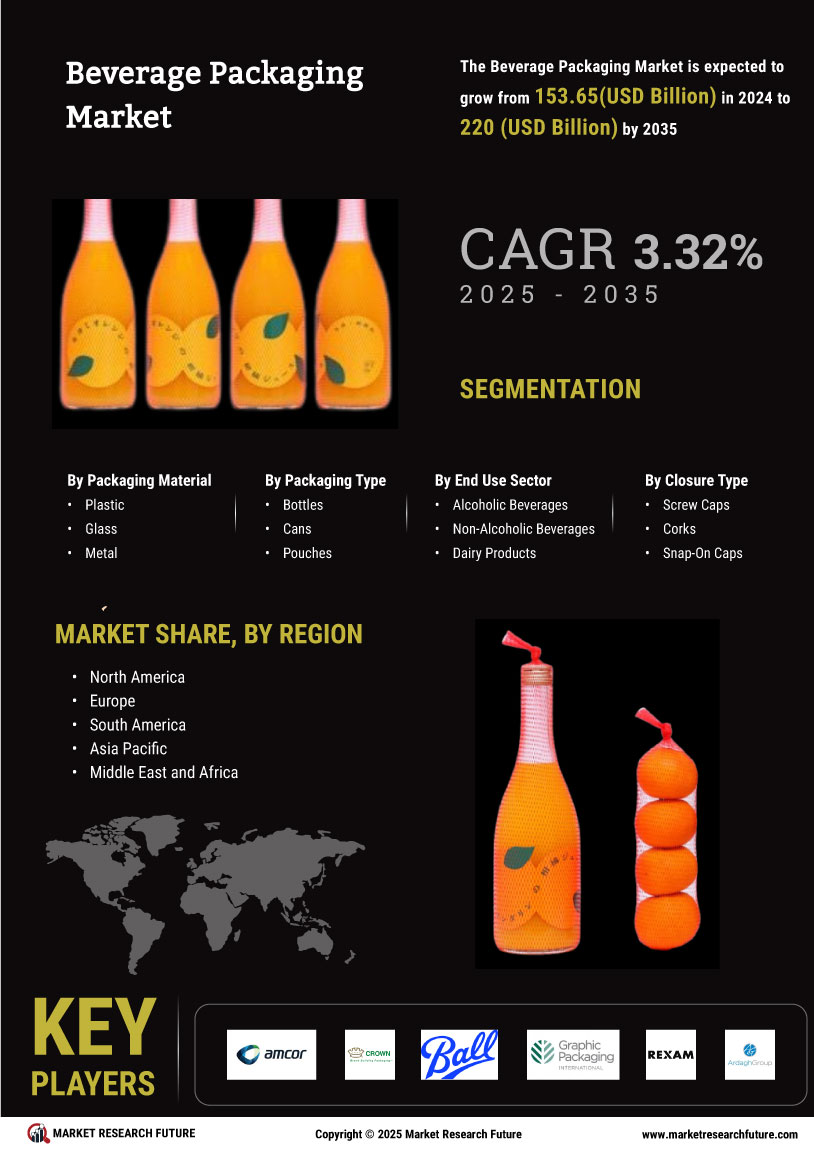

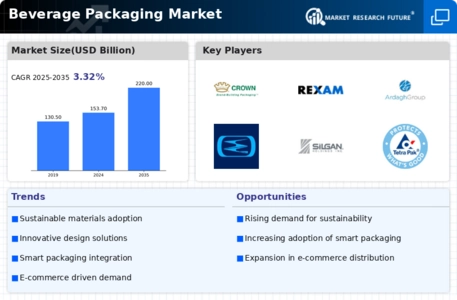


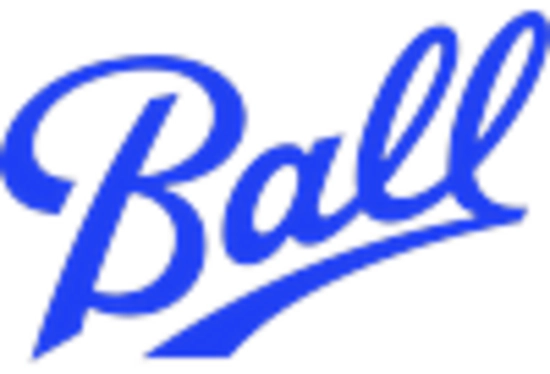
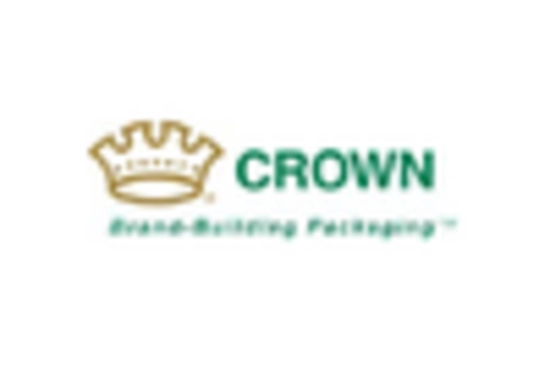

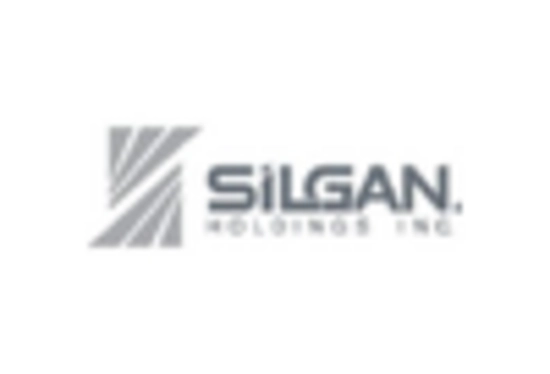









Leave a Comment